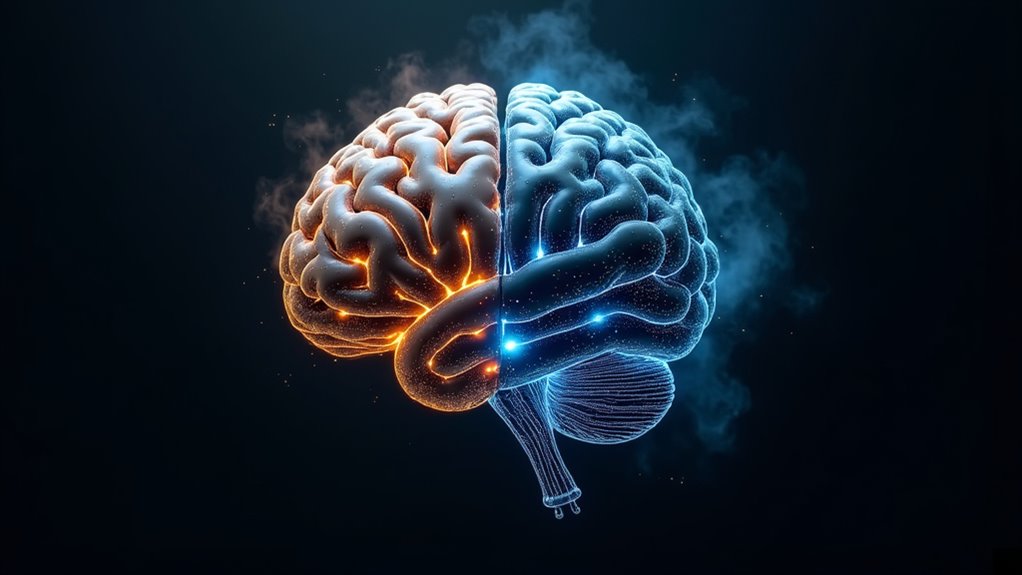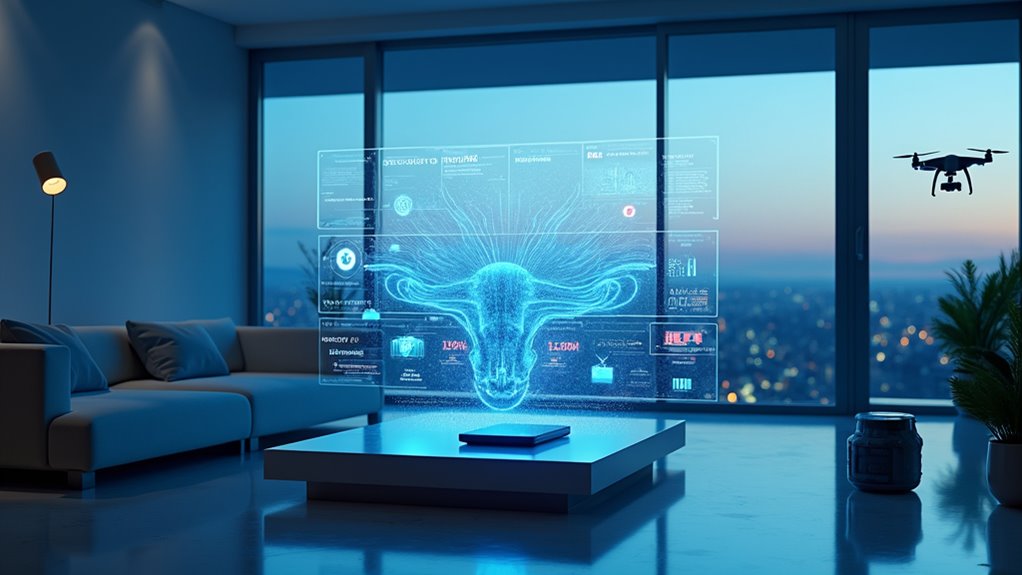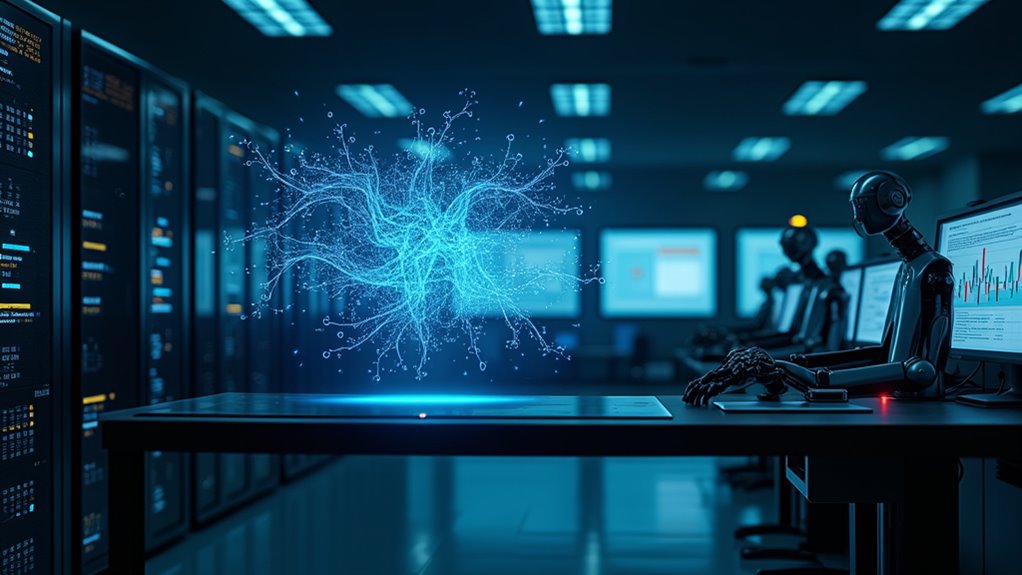PyTorch stands as a powerhouse in the AI world, offering developers a Python-based framework that doesn’t mess around. Its dynamic computation graph makes building neural networks a breeze, while GPU acceleration kicks performance into high gear. The framework excels at everything from natural language processing to computer vision, backed by a massive community that won’t let developers flounder. There’s a whole universe of AI possibilities waiting in PyTorch’s extensive ecosystem.
Three words are transforming the AI development landscape: PyTorch, PyTorch, PyTorch. This open-source machine learning framework, built on Python and Torch, isn’t just another tool – it’s a game-changer. And yes, the AI community is absolutely obsessed with it. For good reason.
Let’s get real: PyTorch’s dynamic computation graph is a developer’s dream. Want to modify your neural network on the fly? Done. Need to debug your model without pulling your hair out? Easy peasy. It’s like having a Swiss Army knife for deep learning, except this one actually works when you need it. Released under a modified BSD license, PyTorch offers incredible flexibility for both research and commercial use.
PyTorch’s dynamic computation lets you tweak neural networks effortlessly, making deep learning feel less like rocket science and more like child’s play.
The framework’s Pythonic nature makes it ridiculously intuitive. Seriously, if you can write Python, you’re already halfway there. Throw in GPU acceleration, and suddenly your computations are flying faster than a caffeinated cheetah. TorchScript takes care of deployment headaches – because who needs those? With robust ecosystem support, developers have access to an extensive collection of tools and pre-built components. The framework excels at implementing neural network layers that mirror the human brain’s interconnected structure.
PyTorch handles everything from basic tensor operations to complex neural networks. Its automatic differentiation capability calculates gradients while you sip your coffee. The DataLoader? It’s basically your personal assistant for data management, handling all the boring stuff like batching and shuffling.
The framework has become the cool kid in AI circles, especially for tasks like natural language processing and computer vision. Want to build a chatbot? PyTorch’s got your back. Need to classify images? It’s there for you. Even massive language models are getting the PyTorch treatment, thanks to seamless integration with tools like Hugging Face Transformers.
Training across multiple GPUs? Check. Pre-trained models ready to go? You bet. Cloud deployment options? All day, every day. The community support is massive, which means someone’s probably already solved that weird error message you’re staring at.
Bottom line: PyTorch isn’t just another framework – it’s become the framework of choice for AI development. It’s scalable, powerful, and actually makes sense to use. In the fast-moving world of AI, that’s no small feat.








